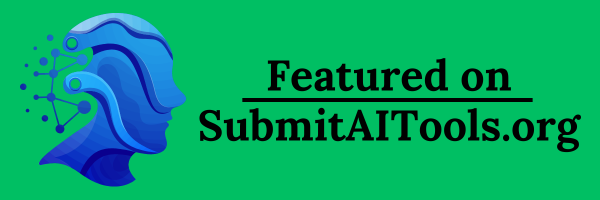Jurisdiction Issues
Jurisdiction Issues in influencer marketing refer to the legal and regulatory complexities that can arise when influencers operate across different regions, each with its own laws and guidelines regarding advertising, endorsements, and consumer protections.
Frequently Asked Questions
What are Jurisdiction Issues?
Jurisdiction Issues involve the challenges and legal implications that arise when influencers and brands engage in marketing activities across various geographical locations that have different laws and regulations.
Where do Jurisdiction Issues occur?
These issues can occur on global platforms such as social media and websites where influencers target audiences in multiple countries, leading to potential conflicts with local laws around advertising and sponsorship.
When do Jurisdiction Issues arise?
Jurisdiction Issues typically arise when influencers create content that reaches an audience beyond their home country or when brands collaborate with influencers from different regions, especially if the content involves sponsored promotions.
Why do Jurisdiction Issues matter?
Understanding Jurisdiction Issues is crucial for avoiding legal repercussions such as fines or lawsuits. Influencers and brands need to ensure compliance with advertising standards, disclosure requirements, and consumer protection laws specific to each market.
How can Jurisdiction Issues be managed?
To manage Jurisdiction Issues, influencers and brands should conduct thorough research on the legal requirements of the target markets, seek legal counsel if necessary, and ensure proper disclosure and compliance with local regulations when creating marketing content.
Key Takeaways
Jurisdiction Issues are a critical consideration in influencer marketing as they can significantly impact the legality and effectiveness of campaigns. By being aware of and addressing these challenges, influencers and brands can navigate complexities and foster a compliant and trustworthy marketing environment.
Hot Glossary Terms
Influencer Marketing
Influencer Marketing is a strategy that leverages the influence of individuals with large followings on social media to promote products or services, aiming to reach a targeted audience effectively.
Social Media Marketing
Social Media Marketing refers to the use of social media platforms and websites to promote a product or service, encouraging user engagement and brand awareness through content creation and sharing.
Content Strategy
Content Strategy is a comprehensive plan aimed at creating, publishing, and managing high-quality content to achieve business goals and enhance user engagement.
Brand Partnerships
Brand Partnerships refer to collaborative relationships between two or more brands or influencers aimed at promoting mutual interests and achieving shared goals through combined marketing efforts.
Engagement Rate
Engagement Rate is a key performance metric in social media and influencer marketing that measures the level of interaction and engagement a piece of content receives from its audience.
Related Terms
Cookie Duration
Cookie Duration refers to the length of time a web cookie remains stored on a user's device before it expires.
Branding
Branding is the process of creating a distinctive name, image, and identity for a product or company to establish a lasting impression in consumers' minds.
Buyer Persona
Buyer Persona is a semi-fictional representation of an ideal customer based on market research and real data about existing customers.
Affiliate Marketing Vs Traditional Marketing
Affiliate Marketing and Traditional Marketing are two distinct approaches to promoting products and services, each with its own strategies, benefits, and challenges.
Marketing Automation
Marketing Automation refers to the use of software and technology to automate repetitive marketing tasks, streamline workflows, and enhance overall marketing efficiency and effectiveness.







